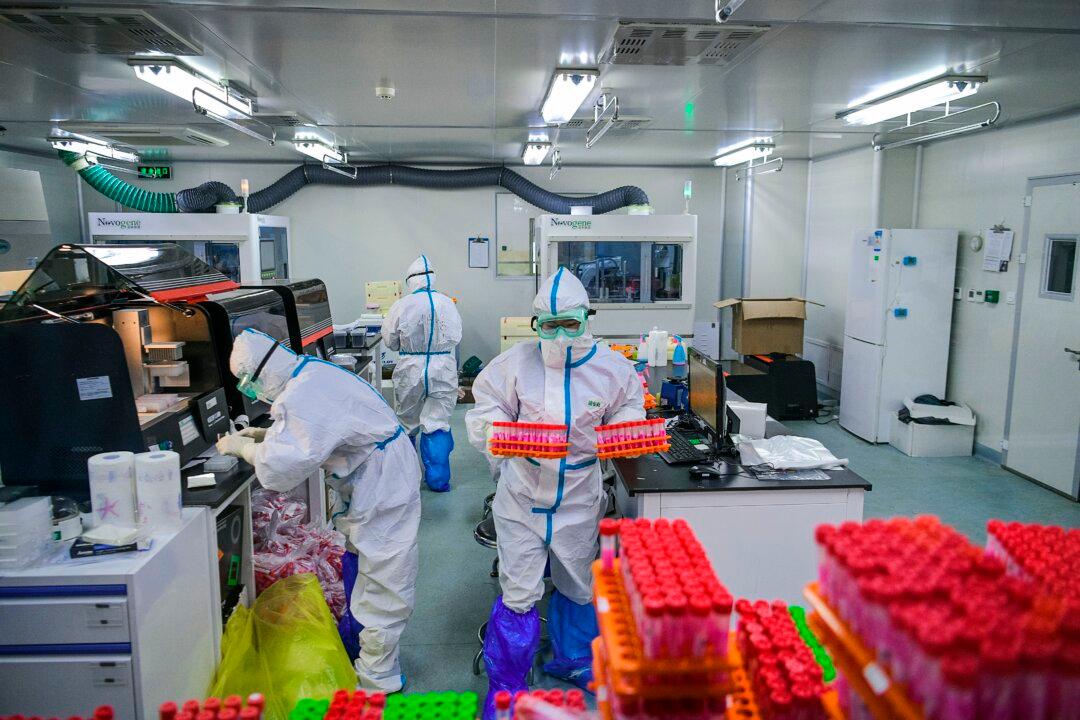In a bid to promote the unsubstantiated claim that the CCP virus didn’t originate from China, Chinese state media has recently begun publishing stories based on a retracted study and misrepresented quotes by experts.
The first outbreak of COVID-19, the disease caused by the CCP virus, occurred in the central Chinese city of Wuhan.





